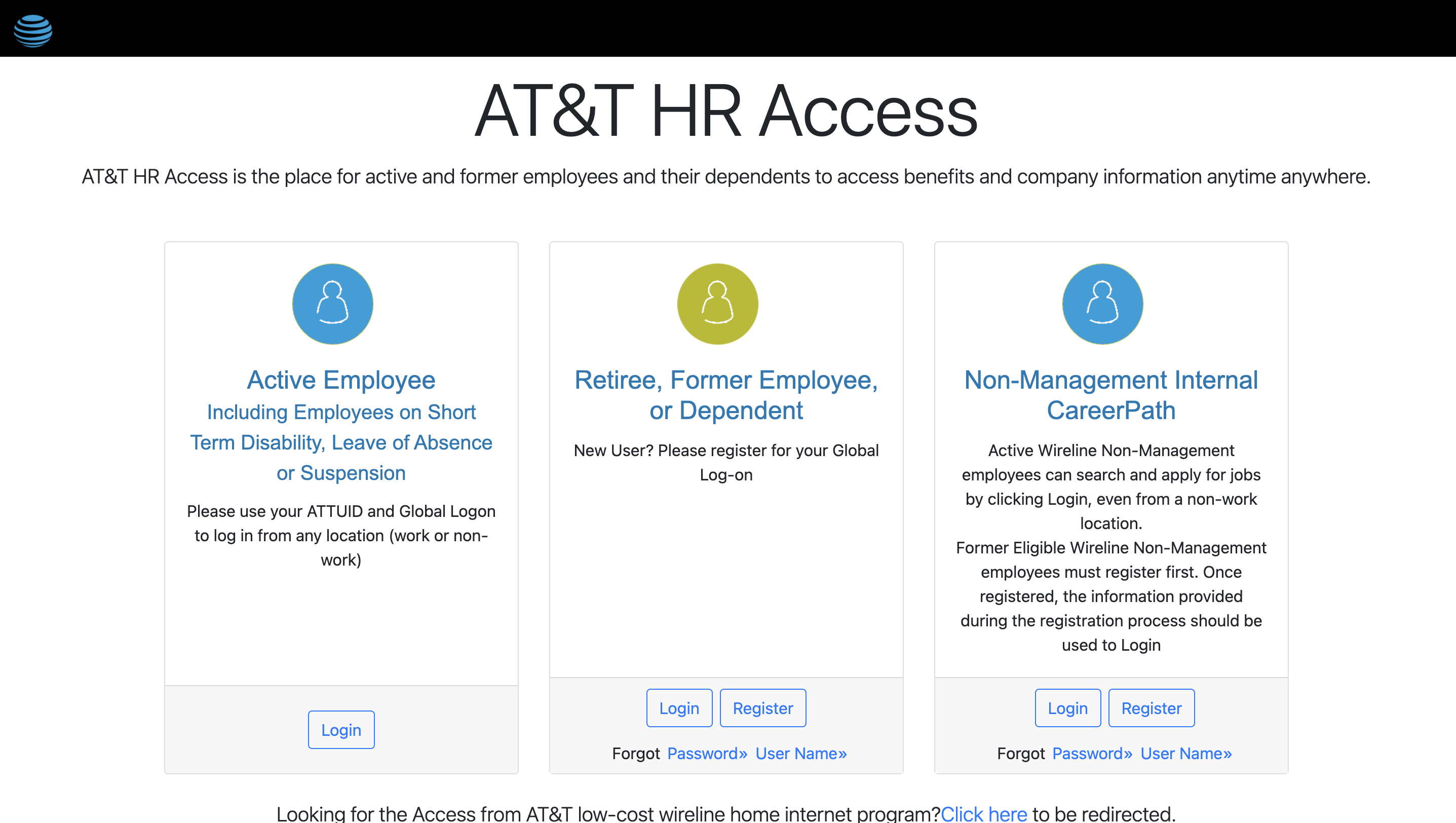Conducting an SEO audit for a website is crucial to analyze how well a site is optimized for search engines and identifying areas for improvement. Whether you are an SEO professional, a website owner, or a digital marketer, performing an SEO audit helps ensure that a website is aligned with search engine guidelines, providing an opportunity to enhance visibility and organic traffic.
In this article, we will guide you step-by-step on performing a thorough SEO audit for a website. We’ll cover technical SEO, on-page factors, user experience, backlink profile, and more.
What is an SEO Audit?
An SEO audit is a comprehensive review of a website’s optimization concerning search engine guidelines. The main goal is to identify weaknesses that may be preventing the site from ranking well in search results and to find areas of opportunity. By performing an SEO audit, you can gain a better understanding of how your website performs from both a technical and content perspective, which can help you develop a strategy for improvement.
Importance of an SEO Audit:
- Improved Search Rankings: An audit reveals critical issues that might be affecting your website’s visibility in search engines.
- Better User Experience (UX): Addressing site speed, mobile-friendliness, and content quality enhances UX.
- Increased Organic Traffic: By optimizing your website according to audit findings, you can attract more visitors.
Setting Objectives for the SEO Audit
Before you begin the audit process, it’s essential to define clear objectives. You should determine:
- The purpose of the audit: Are you looking to increase organic traffic, improve search rankings, or fix technical issues?
- Your target audience: Knowing your target audience helps in aligning your SEO efforts to attract the right visitors.
Once objectives are set, gather necessary tools like Google Analytics, Google Search Console, and third-party SEO tools (e.g., SEMrush, Ahrefs) for in-depth analysis.
Website Health Check
Start by examining the overall health of the website:
- URL Structure: Ensure URLs are clean, concise, and keyword-optimized. Avoid unnecessary parameters and long strings.
- Site Architecture: Your website should have a logical hierarchy, with internal links connecting related pages.
- Mobile Friendliness: With mobile-first indexing, your site needs to be fully responsive. Use Google’s Mobile-Friendly Test to check compatibility.
Key Tools:
- Google Mobile-Friendly Test
- Screaming Frog SEO Spider for URL structure analysis
Crawling and Indexing Issues
Crawling and indexing issues can severely hinder your website’s ability to appear in search results. Googlebot needs to crawl and index your pages properly to rank them.
Check for:
- Robots.txt file: Ensure it’s not blocking important pages.
- Crawl errors: Use Google Search Console to identify any pages that Google failed to crawl.
- Indexing status: Check how many of your pages are indexed using Google Search Console.
Resolving these issues improves your site’s visibility and ensures search engines can access all the necessary content.
Analyzing Page Speed
Page speed is a crucial factor for both search engines and user experience. Slow-loading pages can hurt your rankings and drive users away.
Steps to Improve Page Speed:
- Optimize Images: Compress images without losing quality using tools like TinyPNG or ImageOptim.
- Minify Code: Reduce the size of CSS, JavaScript, and HTML files to improve load times.
- Enable Caching: Use browser caching to reduce server response times for returning visitors.
Google’s PageSpeed Insights and GTmetrix are invaluable tools for analyzing and suggesting page load time improvements.
Evaluating Technical SEO
Technical SEO ensures that search engines can crawl and index your website efficiently. A thorough check includes:
- HTTPS: Ensure that your site is secure (HTTPS) as it is a ranking signal.
- Canonical Tags: Avoid duplicate content issues by setting canonical tags.
- Schema Markup: Use structured data to help search engines better understand your content.
- XML Sitemaps: Make sure your sitemap is up-to-date and submitted to Google Search Console.
A strong technical SEO foundation boosts search engine visibility and crawl efficiency.
On-Page SEO Elements Review
Reviewing on-page SEO elements is essential to ensure that each page is fully optimized:
- Title Tags: These should be unique, descriptive, and contain your focus keywords.
- Meta Descriptions: Write compelling meta descriptions that include relevant keywords and entice users to click.
- Header Tags (H1, H2, H3): Properly structure your content using header tags to improve readability and SEO.
Additional Elements:
- Image Alt Text: Ensure all images have descriptive alt text.
- Internal Linking: Connect relevant pages within your site to help users and search engines navigate effectively.
Content Audit and Optimization
Content plays a pivotal role in SEO. Perform a content audit to assess the relevance, quality, and effectiveness of your website’s content.
Key Steps:
- Keyword Optimization: Ensure keywords are naturally integrated into your content without keyword stuffing.
- Thin Content: Identify pages with little content and consider expanding them.
- Content Gaps: Look for topics your competitors cover that you haven’t and create content to fill those gaps.
Using tools like Google Analytics and SEMrush will help you identify top-performing content and pages that need attention.
Analyzing User Experience (UX)
Search engines place a lot of value on user experience. To ensure users stay on your site and engage with your content, focus on the following:
- Mobile Usability: Ensure that your site is responsive and offers a seamless experience on all devices.
- Navigation: Make it easy for users to find what they are looking for by simplifying your website’s structure.
- Engagement Metrics: Use Google Analytics to analyze metrics like bounce rate, session duration, and pages per session.
An enhanced UX leads to better engagement, higher rankings, and more conversions.
Mobile Usability Assessment
Mobile usability is more important than ever due to Google’s mobile-first indexing. If your website isn’t optimized for mobile users, you’re likely missing out on a significant amount of traffic.
Checklist for Mobile Usability:
- Responsive Design: Your site should adapt seamlessly to different screen sizes.
- Mobile Speed: Optimize page speed specifically for mobile users.
- Avoid Flash: Use modern technology like HTML5 for media content.
Tools like Google’s Mobile-Friendly Test help identify mobile usability issues.
Backlink Profile Analysis
A healthy backlink profile is essential for SEO success. Backlinks from reputable, authoritative sites signal to search engines that your site is trustworthy and valuable.
Steps for Backlink Analysis:
- Assess Link Quality: Use tools like Ahrefs or Moz to analyze your backlink profile. Focus on quality over quantity.
- Anchor Text Analysis: Ensure anchor texts are relevant and not overly optimized.
- Disavow Toxic Links: Identify and disavow harmful links that could be hurting your SEO.
A solid backlink profile improves your site’s authority and search engine rankings.
Competitor Analysis
Analyzing your competitors helps you discover gaps in your SEO strategy and identify opportunities to outperform them.
Key Steps:
- Identify Competitors: Use tools like SEMrush to determine who your main competitors are.
- Keyword Opportunities: Look for keywords your competitors rank for but you don’t.
- Backlink Gaps: Analyze your competitors’ backlink profiles to find linking opportunities.
Competitor analysis provides actionable insights that can give you an edge in your industry.
Social Media and SEO Integration
While social signals are not a direct ranking factor, social media can significantly amplify your SEO efforts. Share your content across social platforms to drive traffic and engagement.
Best Practices:
- Encourage Sharing: Make it easy for visitors to share content with social sharing buttons.
- Leverage Social Proof: Use testimonials, reviews, and user-generated content to boost credibility.
- Build a Following: Engage with your audience on platforms like Facebook, Twitter, and LinkedIn.
A robust social presence enhances brand visibility and indirectly benefits SEO by driving traffic and engagement.
Analyzing Local SEO Factors
If your business serves a local audience, optimizing for local SEO is crucial. Local SEO helps you appear in search results when people in your area look for services or products you offer.
Steps for Local SEO:
- Claim Google My Business: Ensure your listing is accurate, complete, and verified.
- Local Keywords: Use location-specific keywords in your content and meta tags.
- Citations: Ensure consistent NAP (Name, Address, Phone number) across local directories.
Optimizing for local SEO increases your chances of appearing in local searches and maps.
Tracking and Monitoring Progress
After completing the SEO audit, it’s important to track the progress of your optimization efforts. Set up key performance indicators (KPIs) to measure the effectiveness of the changes.
Monitoring Tools:
- •Google Analytics: Track traffic, user behavior, and goal completions.
- •Google Search Console: Monitor search performance, keyword rankings, and technical issues.
- •SEMrush/Ahrefs: Keep an eye on keyword rankings, backlinks, and competitor activity.
Regular monitoring helps ensure that your website continues to perform well and improves over time.
FAQs
How often should I perform an SEO audit?
SEO audits should be conducted at least once every six months. However, for highly competitive industries, quarterly audits are recommended.
What tools are best for an SEO audit?
Some popular tools include Google Analytics, Google Search Console, Screaming Frog, SEMrush, Ahrefs, and PageSpeed Insights.
Can I perform an SEO audit on my own?
Yes, with the right tools and understanding of SEO principles, you can perform an SEO audit independently. However, for complex websites, it might be beneficial to hire an SEO professional.
How long does an SEO audit take?
The time it takes depends on the size and complexity of your website. A thorough audit for a medium-sized website may take 2-4 days.
What is the most common issue found in SEO audits?
Common issues include slow page speeds, broken links, duplicate content, missing meta tags, and indexing problems.
Do I need to fix everything found in an SEO audit?
Not necessarily. Prioritize high-impact issues that can significantly improve your site’s performance and rankings.
Conclusion
Conducting an SEO audit is a powerful way to diagnose problems, discover opportunities, and create a roadmap for optimization. By thoroughly examining technical SEO, on-page elements, content quality, user experience, and backlinks, you can significantly enhance your website’s visibility and performance in search results.







![Perform an SEO Audit for a Website: A Comprehensive Guide [How to]](https://123seotools.com/wp-content/uploads/2022/09/uhcprovider-login-guide-150x150.png)
![Perform an SEO Audit for a Website: A Comprehensive Guide [How to]](https://123seotools.com/wp-content/uploads/2024/09/ATT-Employee-Login-150x150.png)
